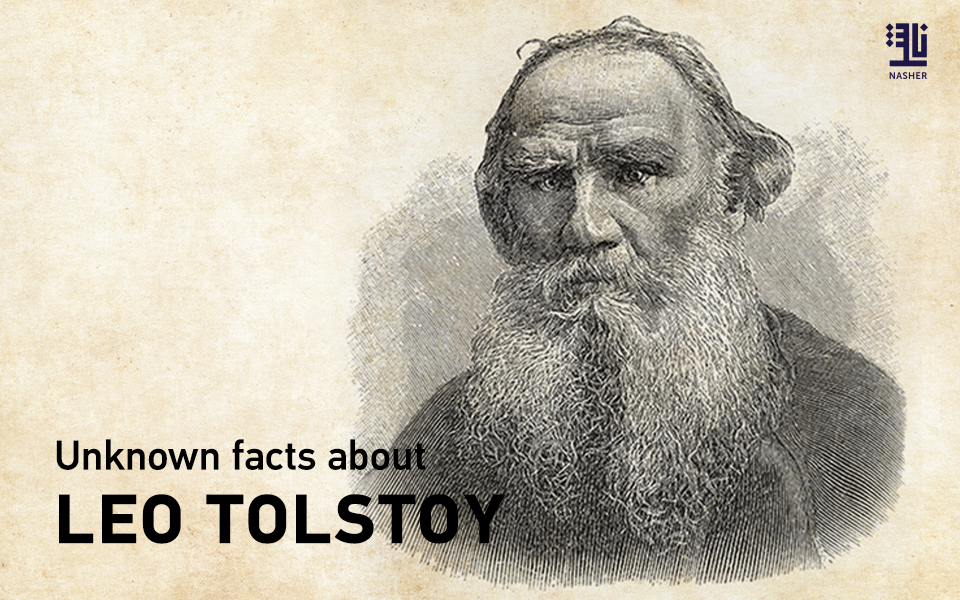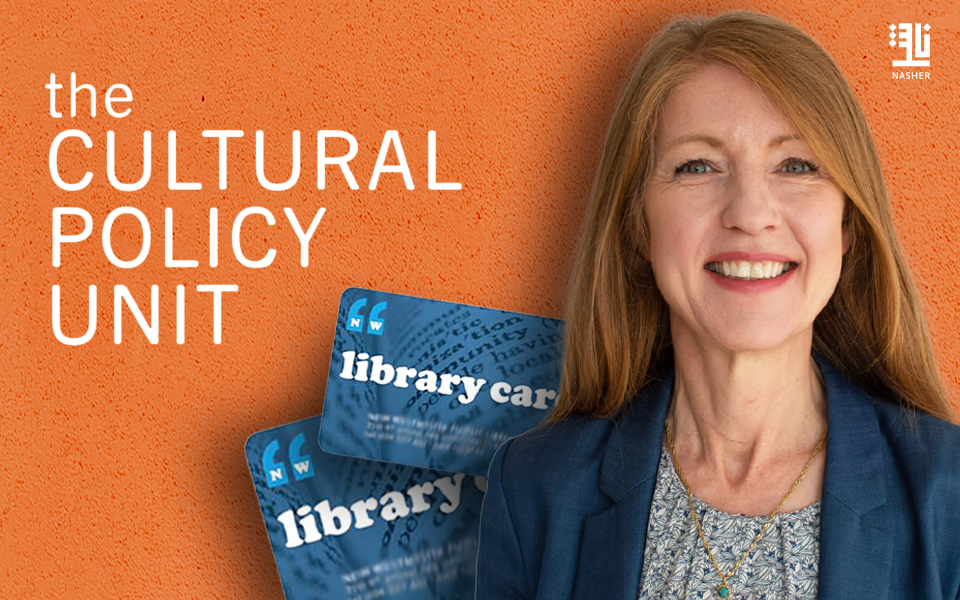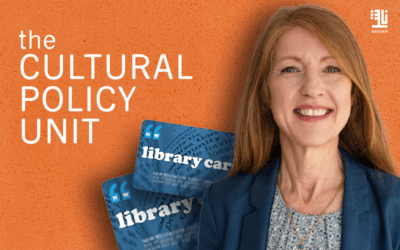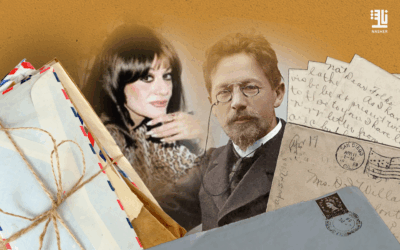On September 9, 1828, writer Leo Tolstoy was born at his family’s estate, Yasnaya Polyana, in the Tula Province of Russia. In the 1860s, Leo Tolstoy wrote his first great novel, War and Peace. In 1873, followed by ‘Anna Karenina’. One of his most successful later works was The Death of Ivan Ilyich. Tolstoy ranks among the world’s top writers but there is so much that people don’t know about him, so we have put together some interesting facts that not many know of Tolstoy.
1.Both of Tolstoy’s parents came from ancient Russian aristocratic families, and were a well-known old nobility family.
2.Having been home schooled by tutors, Tolstoy studied Oriental languages at the University of Kazan, before transferring to a law programme due to poor grades. Tolstoy enjoyed a life of excessive drinking, gambling and socialising, eventually leaving university four years later without a degree.
3.Tolstoy married 18-year-old Sophia Behrs in 1862. The daughter of a court physician, she was sixteen years younger than him and he proposed to her in code; as he struggled to declare his love, Sofia wrote in her diary that Tolstoy took some chalk and wrote the initial letters of some words on a card table, and asked her to guess the meaning. It was not just two or three letters such as ‘M. M’ for ‘Marry me’, but well over a dozen! Sofia claims that she understood at once.
4.Tolstoy was very opinionated when it came to other writers. He enjoyed the works of Laurence Sterne, Jean-Jacques Rousseau and Charles Dickens. However, he was not a fan of William Shakespeare saying that he was without genius, a mediocre talent, and that his plays were beneath criticism – ‘I read and re-read the dramas, the comedies, the historical plays, and invariably, each time I experienced the same thing: disgust, boredom, astonishment’. He rated Marlowe as a better dramatist.
5.James Joyce looked up to him, Virginia Woolf declared him the greatest novelists ever. Nabokov, Chekov, Proust, Faulkner all sung his praises. There is hardly a criticism in the novelists’ book. And it is Anna Karenina that most of these authors believe to be his best masterpiece, and War and Peace that many have come to know him by.
6.His wife was instrumental in the publication of Tolstoy’s novels. Whilst Tolstoy revised and edited his works, Sophia would trawl through his handwritten scribblings (which were notoriously disorganised) and rewrite every page so that the manuscript would be legible for his editors.
7.In his twenties, Tolstoy was convinced by his older brother, Nikolay, to join military service. Beginning as a junker in the Caucasus, he transferred to Ukraine in late 1854 and fought in the Crimean War until the late summer of 1855. The end of the war coincided with Tolstoy’s twenty-seventh birthday, he knew a military career was not for him and he resigned his commission soon afterwards. His experiences in the army would inform his 1869 novel War and Peace.
8.As a young man, Tolstoy lived a dissolute lifestyle and gambled extensively, particularly during his time as an army officer. In 1854 he was forced to sell the estate he had inherited from his maternal grandfather at Yasnaya Polyana. By 1855 he had gambled away the whole money he had gained from the sale. He settled in a more modest house on the estate and lived there for more than 50 years.
9.He gave up most of his fortune, often to local beggars and founded 13 schools for under privileged children. This drove his wife, Sofya, to rejection.
10.Tolstoy grew increasingly troubled by the privilege of his background and developed an interest in the lifestyle and culture of the peasantry. This extended to making his own shoes in the traditional peasant way out of bast: thin strips of bark from the birch or linden tree.
11.Tolstoy believed in Christianity, but despised organised religion, which he felt contradicted the teachings of Jesus. After a biting satire of the hypocrisy and corruption of Russian Orthodox Church officials in his last novel, Resurrection, the Church excommunicated him in 1901. The Church, and the Tsarist establishment, hoped that this would make Tolstoy unpopular and would quash his reputation as a critic of the regime. Instead, it served to make him even more famous and admired.
12.He was watched by the Russian secret police.
13.He was a pacifist, a rebel who believed in the nonviolent resistance. He was against the government (radical anarchist) after he witnessed a public execution in Paris.
14.After reading Tolstoy’s The Kingdom of God Is Within You, Gandhi was inspired to pursue nonviolent resistance, calling Tolstoy “the greatest apostle of non-violence that the present age has produced”. They corresponded for a year until Tolstoy’s death in November 1910, Gandhi later named his second ashram in South Africa ‘the Tolstoy Colony’.
15.Tolstoy was a father to 13 children.
16.By the time of his old age, Tolstoy was a cultural icon and had followers world-wide who tried to put his views into practice. He fled the family home in 1910, sick of the years of bad relations with his wife, but collapsed at a nearby railway station, he died of pneumonia. The news of the dying celebrity drew huge crowds and news cameras from Pathé, making his death an international news story. More than three thousand people lined the streets to see his coffin carried back to Yasnaya Polyana. As Tolstoy had been excommunicated, there were no religious rites at his burial. Years before the Communists suppressed the Russian Orthodox Church, his was the first civil funeral in Russia.







